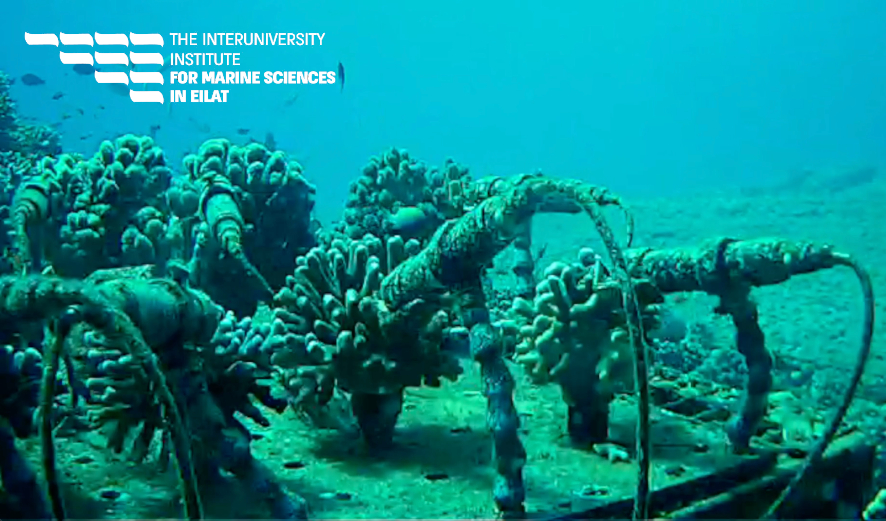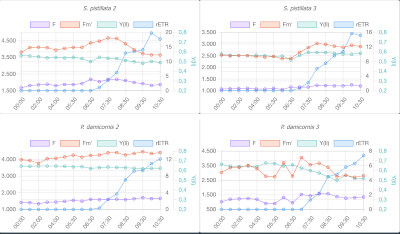Applications for MONITORING-PAM
Pioneering use of the MONITORING-PAM AQUATIC version: World's first real-time, open-science, continuous coral monitoring in the Red Sea.
Coral reefs are under increasing threat from anthropogenic pressure, including rising sea temperatures, ocean acidification, and pollution. Monitoring coral health and understanding how environmental conditions impact them is essential for informed scientific research, conservation, and policymaking. The fragile state of most reef ecosystems underscores the urgency of generating accurate, real-time, and actionable monitoring data.
The Gulf of Aqaba (GoA) stands out as a marine refuge, with its reef-building corals demonstrating remarkable resilience to rising ocean temperatures.
The world's first real-time, open data Coral Monitoring Network (CMN) was established to collect diverse data streams curated in an open-access online database. This database empowers researchers from across the region and around the world to collaborate and advance our understanding of how environmental conditions affect coral function and well-being. The Coral Monitoring Network currently rope in 3 stations in the Gulf of Aqaba: Coral Monitoring Station (CMS) I in Eilat at 6 m depth, CMS II at the same depth in Aqaba Jordan and CMS III in Eilat at 42 m depth.
The CMS is based on a MONITORING-PAM which measures continuously coral physiological performance (chlorophyll fluorescence) of 8 coral colonies and valuable real-time data of several environmental parameters (e.g., air and water temperature, wind speed and direction, light intensity at surface and underwater). Streaming video provides additional information on fish activity, coral pigmentation and light environment. The high-temporal-resolution of data provided by the CMN offer a comprehensive understanding, empowering scientists, managers, and the wider community to take informed action.
The archived data is available for researchers, managers, students, teachers, and the public to watch in real-time or download for further analysis (https://iui-eilat.ac.il/Info/PamDashboard.aspx or link below).
Monitoring of Aquatic Photosynthesis
Photosynthesis in Lakes
The sub water MONITORING-PAM in STAND-ALONE configuration was employed to continuously monitor photosynthesis in a monocotyledonous plant growing in Southern Bavarian lakes (Osterseen).
The work is part of the PhD work of M.Sc. Nicolas Eckert carried out at the limnological research base of the Technical University of Munich, Iffeldorf (head Prof. A. Melzer).













